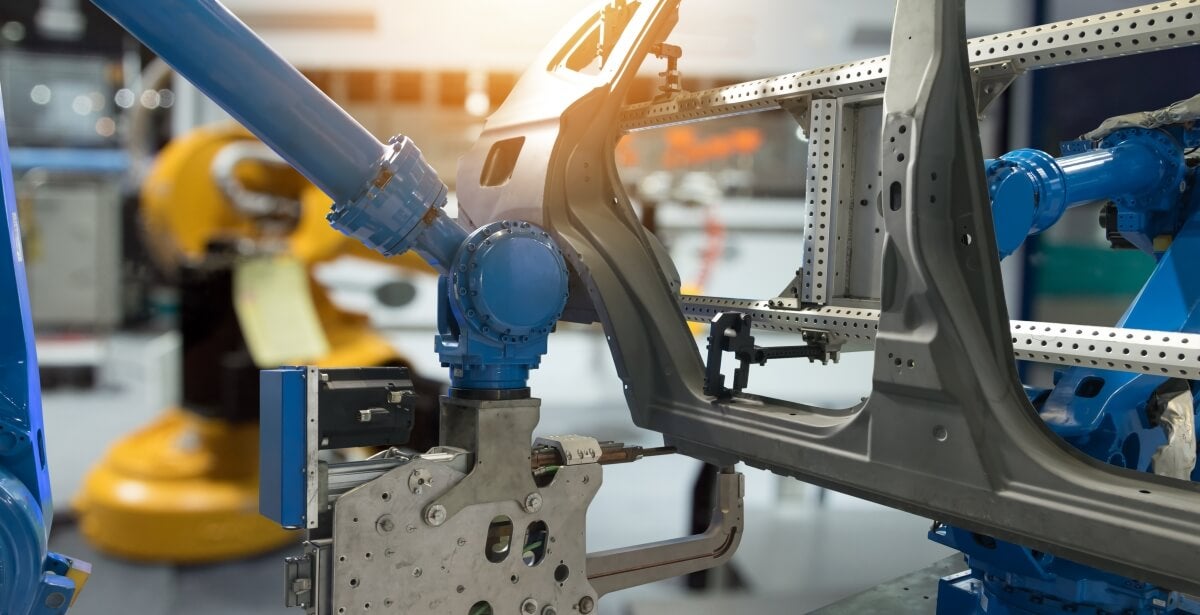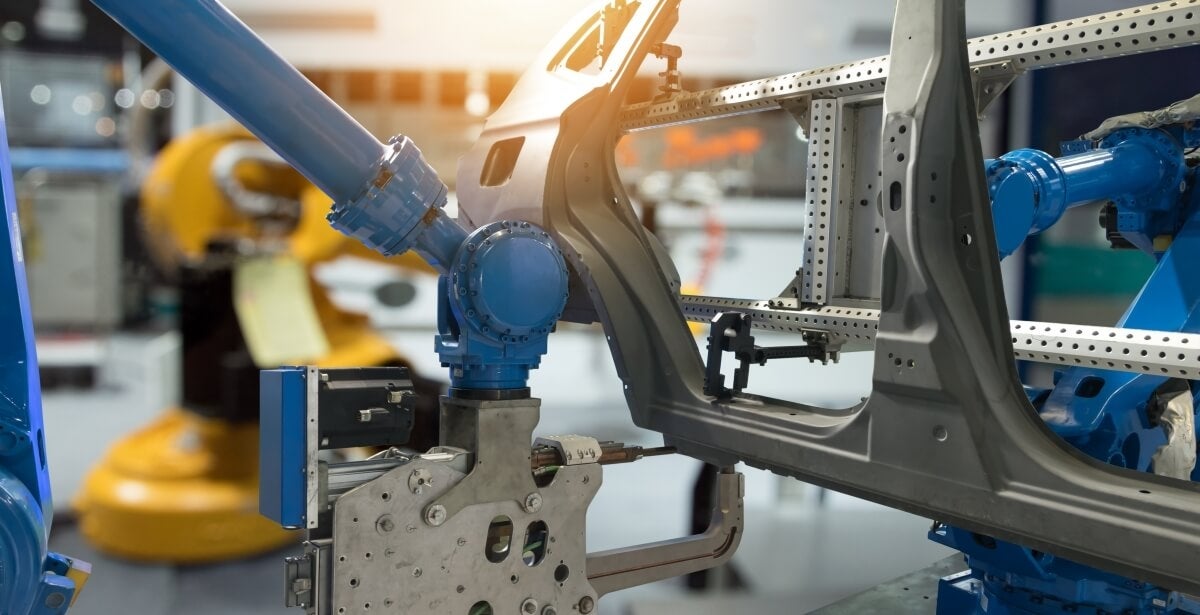
Eliminating Waste with Lean Principles
At its core, lean manufacturing is about maximizing customer value while minimizing waste. Although pioneered by Toyota in the mid-20th century, the principles and practices of lean manufacturing are widely applicable. Many businesses can benefit from adopting a lean manufacturing philosophy. For example, Nike was faced with negative public relations in the 1990s over working conditions in Southeast Asia. The company adopted a lean mindset. As a result, Nike was able to “reduce overtime in contract factories, increase factory worker wages, and create a leaner supply chain” (Griffin-Smith, 2016).
In today’s competitive, global marketplace, many businesses incorporate Lean because they see the benefits of eliminating waste while adding value to products and services. Every company has different processes, but when implementing a lean transformation, the goals remain the same: eliminate waste, add value, and increase profit.
Transforming a company through the lean philosophy can seem overwhelming. One great way to start is by taking small steps first. One of the best places to start is by eliminating waste. According to the lean philosophy, there are seven kinds of waste: inventory, motion, processing, overproduction, waiting, transportation, and defects. Let’s start by examining defects, waiting, and overproduction.
Defects
Most often, companies are not aware of defects until customers make them aware. Defects can be caused by a host of reasons:
- Insufficient and ineffective use of raw materials
- Problems with manufacturing equipment
- Employees who are undertrained and under-motivated
- Poorly conceived design
- Incorrect assembly
In order to reduce cost and enhance the value of a good or service, defect waste must be minimized. Companies lose millions of dollars every year because they are unable to reduce defects successfully. For example, the software industry loses nearly $400 billion annually to digital waste. Businesses that are interested in adopting the lean philosophy can start by conducting a waste audit. A waste audit is a methodical plan used to determine where, and in what amounts, a company is generating waste. Once identified, companies can work to address the problems.
Waiting
Henry Ford once said that “time waste differs from material waste in that there can be no salvage. The easiest of all wastes and the hardest to correct is the waste of time, because wasted time does not litter the floor like wasted material.”
Consider how often you waste time during one day.
- Waiting in traffic
- Waiting in line at a store
- Waiting for your computer to restart
Regardless of what you are waiting for, in the lean philosophy, wasted time is considered a significant waste. Waiting equals wasted time and wasted time equals less profit. When one department has to wait on another for a part, a price, or a process to be completed, production and/or service stops. Anytime processes are not synchronized according to a set of best practices waiting occurs. Waiting disrupts any flow and becomes a serious impediment to the effective elimination of waste.
Overproduction
Many lean experts agree that among all of the kinds waste overproduction is the worst. Overproduction happens when companies produce more items than customers are willing to buy. Consider the example of a neighborhood bakery. When a customer walks in, he or she sees several dozens of different kinds of doughnuts, a wide variety of bagels, several pies, five different kinds of cake, and an assortment of cookies displayed in case after case. Customers are likely to be impressed with the sights, smells, and variety of products. What they don’t know is that every month, the owner could be losing money. Businesses have to monitor what is being sold and update its production based on sales results.
Overproduction leads to even more waste:
- Waste of space due to excessive inventory
- Waste of money in paying people to create goods that go unsold
- Waste of worker energy, time, and talent
Overproduction can be mitigated by spending more time in product research and development, market research, better forecasting, and “building strong long-term relationships with suppliers, workers and customers so that large shifts in customer demand can be met with flexible solutions rather than mindlessly and wastefully churning out surplus inventory or laying off employees” (Everyday Lean, 2010).
Shigeo Shingo, once considered the world’s leading expert on manufacturing practices noted that “the most dangerous kind of waste is the waste we do not recognize.” So whether you work in a plant, factory, or office environment, understanding how to apply lean theory to the day-to-day activities of your organization in order to eliminate waste can make you a valuable asset as well as position you for career advancement.
Kettering Online's Innovative Master's Degree in Lean Manufacturing
The only program of its kind in the United States, Kettering University's online Lean Manufacturing master's degree program teaches the modern manufacturing process knowledge and Lean Six Sigma skills needed to improve quality output, streamline processes and reduce waste
The lean program at KUO truly enhances your skill set by learning to think lean. Lean thinking is a mindset and developing them here at KUO will promote you to apply it and make some strides in your career. The resources and learning materials have been revised and updated to include the latest research and methods. The methodologies learned will help you to bring about better efficiencies to your processes. The faculty are all well versed and continue to apply lean methodologies at their work and life to stay on a path of continuous improvement.
Adbenking ( 2010, December 22). The seven types of waste #5: Overproduction. Retrieved from
everydaylean.wordpress.com/2010/12/22/the-seven-types-of-waste-5-overproduction/

